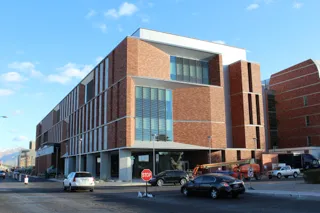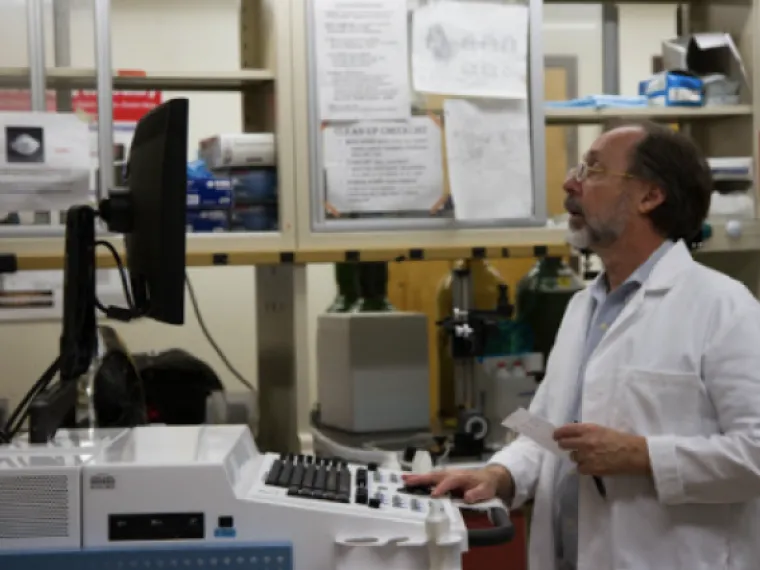TBIR serves as a university-wide resource for pre-clinical biomedical imaging. The resource has the capability to image small biological constructs, small and large animals, and humans. For imaging small biological constructs and small animals the TBIR includes intra-vital microscopy, MRI, ultrasound, CT, PET, SPECT, and bioluminescence. For imaging larger animals and humans the resource includes MRI and ultrasound. The resource includes personnel to help you with project development and to help you use the equipment.
The Translational Bioimaging Resource – Small Animals does small animal MR and PET/MR imaging.
The Lab manages a 7T Bruker Biospec research MRI scanner and a newly established PET/MRI capability. With these modalities, users can perform physiological and functional imaging of soft tissue anatomy, tumor growth, angiogenesis, cellularity, inflammation, myelination, myocardial function, early therapeutic effects, extracellular pH, redox state, and other applications. 3D anatomical imaging of soft tissues is performed at up to ~300 μm resolution. The facility has technical support to aid in surgical procedures and anesthesia, protocol modifications and compliance, safety training, and consultations.
The PET/MRI insert by Cubresa, Inc. enables evaluation of tumor therapy response through diffusion-weighted MRI with PET tracers specific for tumor proliferation, improved tumor detection through diffusion-weighted and T2-weighted MRI with PET tracers for specific biomarkers, evaluations of drug delivery and perfusion for molecular theranostics evaluations.
The Lab regularly works with researchers in the University of Arizona’s College of Science, College of Medicine, and College of Pharmacy, as well as industry partners dedicated to research and development in biomedicine and oncology.
HRUF provides small-animal ultrasound imaging with axial resolution down to 30 microns. With the VisualSonics Vevo 2100, as well as data management and analysis software, the system can be used for biomedical research and material characterization.
The HRUF regularly works with researchers in the UA’s College of Medicine, Arizona Cancer Center, Sarver Heart Center, College of Optical Sciences, and College of Engineering, as well as a variety of industry partners, that participate in biomedical research and material characterization.
The Magnetic Resonance Research Facility (MRRF) supports MRI research within the University community and for industry partners in pharmaceuticals, health care, veterinary care, and behavioral sciences.
The MRRF regularly works with researchers in the UA’s College of Science and College of Medicine, among others, as well as industry partners in pharmaceuticals, health care, veterinary care, and behavioral sciences.
The MRRF is able to support work that addresses a wide range of research questions, including questions related to arthritis, traumatic brain injuries, PTSD, cancer treatment efficacy, depression, kidney transplant viability, CPR, Alzheimer’s, complex grief, and healthy aging.
Location
The TBIR has typical work hours of:
Monday - Friday: 9:00AM - 5:00PM
Bioscience Research Laboratory(basement rooms) | 
|
Get in touch

Contact person
Andrew Rouse, PhD
Facility Email
TBIR@arizona.edu
Reference this core in grants and publications using:
University of Arizona Translational BioImaging Resource

